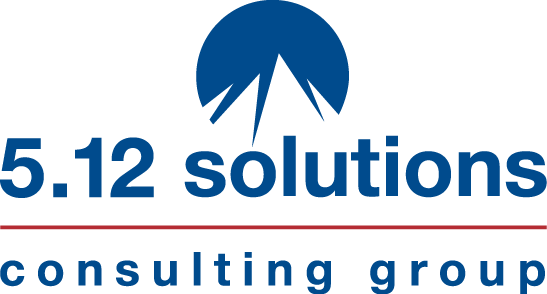For example,
- it’s easier to misinterpret a team members’ message when you aren’t able to see their body language
- it’s easy to get distracted during team conference calls/meetings – checking email and doing other work instead of staying focused on the conversation
- it’s harder to get to know each other, which in turn makes it more difficult to establish a strong foundation of trust
- it’s more difficult to establish a team identity and sense of connectedness
- it’s easier to get focused on local or individual agendas and goals instead of team or organizational goals and objectives
On top of all that, time zone and language barriers add even more complexity to the situation.
To help your team function more successfully in a remote environment, we’ll focus the next four blog posts on the following key areas – Alignment, Cohesion, Disciplined Processes, Team Leadership.
For now, let’s focus on Alignment.
Alignment on any team is important. Alignment helps ensure team members are working on the “right” things. Here are some tips for getting your remote team aligned.
- Clarify purpose in everything you do. Start by ensuring everyone on the team understands the team’s purpose. What is the compelling reason you are a team to begin with? What are your key focus areas? Beyond that, invest time to clarify the purpose of every group discussion or meeting prior to engaging in the discussion or meeting so that everyone understands the expected outcomes. For example, if you are engaging in a discussion to solve a problem, specify upfront that you want to solve a problem and take the time to define the problem prior to trying to solve it. That’s a very different outcome than a discussion to simply share information or gather ideas.
- Clarify team goals. If team members are rewarded solely on their individual work, it will be difficult to create a sense of focus at the team level. The team as a whole should have common goals which in turn should be aligned with organizational goals and individual performance goals.
- Establish team norms to define how the work will ge done. Norms will happen on the team regardless of whether they are intentional or not. For example, one of my clients has a weekly remote meeting, and most of the time it takes about 10 – 15 minutes for the meeting to gain momentum. Team members call-in late disrupting conversations and others show up unprepared and the team spends time emailing them the appropriate documents that they should have had and read prior to the meeting. Establish a set of guidelines that everyone will agree to that will enable the team to be most effective together.
- Orient new team members to accelerate alignment and cohesion. Check-out a recent post on this, as it is a similar process as if the team was co-located.
Stay tuned for part 2 where I will focus on how to build cohesion on a remote team.
